Viola Tricolor, which belongs to the Phials family, People's Molosso dubbed pansy eyes. But, despite the rustic name and small sizes, the flower does not look like a modest. His petals Nature awarded the most diverse flowers and shades, and together it is truly a life-affirming and magnificent spectacle!
The area of \u200b\u200bgrowing Viol in Wildlife is territories with a predominance of mountain soil. Plant to face a moderate climate with minimal temperature differences. In total there are about 700 species of pansies and, believe me, among them one flower is more painted than another! The original beauty of violet man appreciated in ancient times. Since then, bright bugs of these flowers were decorated with housing and premises in which holidays were held, and the girls were gladfully woven a miniature Viola in wreaths.
Viola will create a light and rainbow atmosphere everywhere, wherever has grown. Maybe therefore a plant with pleasure "invite" to beautiful porridge on the balcony and improvised flower beds on the household sections? In addition, Viola is a perennial culture, so spreads his bright petals rather early when nature is just starting to "squeeze" after a long winter sleep. With this beautiful plant, it is very easy to make friends - the cultivation of a viola and care for her will master even the most inexperienced amateur flower.
The most sought-after Viol varieties
The varieties of this charming flower differ in the form of petals and their color. There are several varieties of pansies whose flowering - truly charming and beautiful sight:
- bloodfish varieties: Bridal Lady, Fruit Fly, Senk's Alchemy Yellow Bells. On the photo Violet Senk's Alchemy Yellow Bells;
- varieties with color-cups Spring Rose, Reflections of Spring. Rate the delicate beauty of the Spring Rose Viol in the photo;
- flower varieties in the form "OSA": Fire Wasp, Fantasy Wasp, Senk's Arctic Fox. Lee is the impressive spectacle (violet Senk's Arctic Fox).
Mandatory conditions for successful cultivation of Viol
Before you are directly landing and growing pansies, find out their closer.
The violet tricolor is an absolutely non-additive plant. Gentle flowers, similar to multi-colored Girls, will abundantly grow even with minimal efforts on your part. But do not think that the cultivation of the Viola can be expected after the sleeves: there are still some nuances in this matter. Let's look at each of them.
Lighting and temperature environment
Viola loves the sun and buoyo flowers, brown with scattered or straight sunshine. But if summer was very hot, then even the pansies do not stand before the meal heat and burn out. We conclude: if the weather forecasters promise a dry summer, Viola on the outdoor sun sites do not stand. Balconies overlooking the south, also do not fit the plant. Viola will certainly bloom, but will delight you with its beauty only until July, to the peak of solar activity. Then the decorative value of bushes will disappear: they will no longer bloom, they will yield and leave the leaves.
The optimal place for the cultivation of pansies will be well lit in the morning and in the evening the sections to which the shadow will fall on the midday clock. In such conditions, Viola will preserve the juicy greens of its leaves and large bright flower petals to the autumn itself. An excellent choice will be the land plot located in the shade is not too thick crown of a young tree, a fence or a large bush. If you decide to grow by cultivation of a viola at home, you will be suitable balconies overlooking the east and west.
Best Viola feels in a fresh setting: "Favorite" temperature of a garden plant - 10 - 25 0C. By the way, a short slurry (3 - 5 0C) absolutely nothing threatens the decorative type of tender violet. It is much more complicated by these colors to cope with the summer heat, to which they react with long breaks in flowering, and the next wave of their flowering will most likely come in autumn.
Watering Viol
A long lack of moisturizing Viola will not appreciate: do not wait for the roots of the flower will be chammed into stone soil, drink a bright beauty more often. However, remember the feeling of measure, because from excessive moisturizing the roots of the plant and rot, resulting in the flower dies.
Viol feeding
Furiate Viola regularly, then it will delight you with your blooming appearance all summer. If your violet grows in a closed soil (on the windowsill or balcony), feed it every week. If you "settled" on your plants "on the household plot, do it a little less - it will be enough 1 feeding at 3 - 4 weeks.
How to plant Viola
Viola is grown by a seaside and seed ways. Let's look at the technology of sowing and disembarking the seedlings of pansies.
Cultivation of Viol Seeds
The cultivation of a spectacular flower of seeds is the process of unemployed. Remember only the dates of the landing: some novice flower shakers are mistaken when they sow Viol in the spring, waiting for the cream of paints in the summer months, while the right sowing of biennial culture starts only in the summer.
June - July - the most favorable period for growing pansies in the flower bed. In the groove of open soil with a length of 1 m, it is recommended to sow about 50 to 60 seeds, leaving 5 cm between the wells. Before saving, for a while, place the seeds into the solution of the growth biostimulator - epin or zircon.
In each yam, put 3 - 4 seeds to a depth of about 1.5 cm. Then put it off with a small amount of dry ground without lumps and carefully, so as not to blur the soil. Cover the bed with a layer of sawdust on top to keep the soil to keep the soil. After 7 - 10 days, when the gentle searches are pleased, immediately hide the sprouts under the dark film, which will make their acclimatization as comfortable as possible. After 2.5 - 3 weeks, protection is removed.
On the eve of August, the seedlings will be already large enough to land it at a permanent place. Such a landing material will start the beginning of violets with abundant and long blossoms. From the pansy eyes grown from seedlings, there is no choice of such an effect.
In front of the winter Viol, living in the open sky, you need to warm the "fur coat" of straw or fabric, then the root system of the plant will be protected from freezing. With the arrival of spring, support the fertilized fertilizer's relaxed. - Adjust the flower in front of the bouts and blossoms on the eve.
It is important! Fresh manure to fertilizer pansies are not used, as this substance causes the development of the disease "black leg".
Growing seedlings
The cultivation of seedlings of seeds from seeds is the only exit for flowerfields living in regions that are characterized by a harsh climate. This method is associated with some difficulties: additional lighting, the stability of the temperature regime and the selection of the most suitable soil.
Landing and care for seedlings Viol at home starts from the end of February. Hold down the seeds in the growth stimulator (epin, zircon, uh - 1). The solution will not only push the flower to speedy germination, but also increases its immunity. The best substrate for the cultivation of pansies was recognized as a soil, which includes peat with a pH level of 5.5 - 5.8. In fertilizers, this land does not need, for the first time, Viola will need to be filled when it will begin to form two real leaves.
To get a lot of strong and healthy shoots, do not forget to put drainage into the planting container. The seeds of pansies are sown from above the moistened soil, after which they pour out with a small amount of vermiculite. Finally, you need to cover the container with a film or glass - for the speedy appearance of the first germs. From time to time, carry out the container, otherwise the soil can hit the fungus.
If you spare seedlings not in a total capacity, but in plastic cups, then put in each 3 - 4 seeds. When sprouts appear, select the strongest and beautiful, and the rest are removed.
When growing in a container, you need to recruit the seedlings of the violet 2 times:
- the first dive time comes when the sprouts appear a pair of real leaves;
- the second time the plants are searched when their age will reach 5 weeks. The sprouts are placed in a container with a diameter of no more than 10 cm. If you have a large seedling container, withstand a distance of 6 cm between the seedlings.
You can grow the Viola in a not heated greenhouse in the country.
For the first time, germs are feeding 3 weeks after their appearance. Any mineral composition is suitable, its plant solution fertilizes the root. This is a monthly procedure. Watering the pansies grown on the seedlings, should be very moderate - water is sent to the root, watching the droplets do not fall on the leaves.
In the open soil of the seedlings of Pansy's eyes should be moved in mid-May, when the threat of frosts disappears. Drop in the earth a hole in a depth of no more than 5 cm and pour out a handful of sand, then put on this drainage. The distance between the seedlies should be at least 10 -15 cm. If you have a large variety of Viol with large flowers, this distance increases to 20 cm. Lightly Moisten the ground under the seedlings and hide from sunlight for several days.
This looks like a general scheme of growing garden violet.
How to grow healthy pansies
Since the dates for the sowing of the will is fairly early, plant shoots should be provided with additional lighting. To do this, you can use an ordinary daylight lamp or a special phytolmp. The duration of the day for good well-being VIOLAS is about about 15 - 16 hours.
The optimal temperature for the germination of a seed flower is 18 - 30 0C. If the temperature regime comes out of these boundaries, the germination of seeds is worsening. As soon as green sprouts will be shown from the ground, the temperature can be reduced to 13 - 15 0S. Keeping shoots will feel great even at a temperature of 5 0.
Insect enemies for the plant
The elegant flowers of the Viola attract attention not only to flower water, but also some insects, friendship with which does not promise the plant is nothing good. Let's list the main pests of Pansies.
Spring Spring Earthwood.
This night butterfly, the voracious caterpillars of which comes around the roots at night and the point of growth of primroses, viols and other garden plants. You can fight insects in several ways:
- pull out weeds growing around colors;
- collecting caterpillars in April - May;
- processing Viola before the start of flowering insecticidal agents (alter, citccore, kinmix);
- drop the lands in the fall, producing a turnover of the layer.
Nematode gallovaya.
The insect activity is hit by the root system of the Viola - there are 3 - 5 mm in the root of the plants. These bloats hide larvae, which later penetrate the soil and affect the roots of neighboring bushes. Viola in the photo is damaged by such pest.
To get rid of nematodes, the earth is steamed at a temperature of 50 - 55 0C, and a week before sowing enrich the soil of nitro-sour sodium at the rate of 200 g per 1 m 2.
Pearl is large and peaculating selenium.
These butterflies and their caterpillars feed on raspberries and violets. Insects are dangerous for the plant from May to August. The main measure of the fight against such pests remains processing of colors insecticides -talstar, cytcore, akarin, arrivo, sumi-alpha.
Viol disease
To help beginner flower, we present a list of major plant diseases and tell how to cure a violet.
Askochithosis.
The main symptom of this disease is the appearance of fungal traces on the Viol leaves, which look like brown spots, bonestapped by a wide brown strip. After some time, the stains are brighten, after which the fruit fabrics of the mushroom develop on the surface of the leaves. The leaves of the pansies become brown and dry.
To protect the flower from a serious disease, before the start of flowering, it is treated with a special solution containing copper.
Puffy dew.
The basis of this disease is the activities of fungus. On the leaves of violet, it manifests itself in the form of a whitish tormenting layer, which will soon be drowned and covered with black straw-like bodies.
As prophylaxis, the plant before flowering is sprayed with a solution of sulfur garden and sulfur colloid. There are also specialized drugs with the help of which you can conquer the disease: Ordan, Sorrow, Chorus.
Septoriasis.
The disease amazes violet with fungal traces on the leaves, in the form of red-brown specks from 5 to 10 mm. After some time, the twisted center of the spot cracks, and yellowish-gray formations (sclerosy) are formed on the spot of spots. The affected leaves die.
In order for the plant to avoid such a sad fate, it is still on the beginning of flowering spray with a burglar mixture or copper oxychloride.
Gray rot.
If the summer was rainy, the Viola may suffer from a fungal disease, which is manifested by vague brown spots on the stem and leaves. Over time, the stains are drained into a common large area of \u200b\u200blesion, which dries and is attached to multiple cracks. On the soil of high humidity, the leaves are covered with a thick gray raid.
Before the flowering, the violet is treated with an aqueous solution of glyocladin or tripidermine preparations. The patient plant is digging together with a lore of the earth, and the soil is watered with anti-grain agents of alin-b or maxim.
Phillostose.
The fungal lesion in this case is brownish-hidful stains with a light core. The affected areas dried quickly, sclerosions appear on both sides of each patient.
Before the start of flowering, the violet is treated with a burgue mixture or chom.
All listed infections have the property of maintaining activity even on the dead plants residues. Therefore, with the arrival of autumn, it is necessary to collect and remove the vegetable remnants from the site.
Care and reproduction of the viola. Video

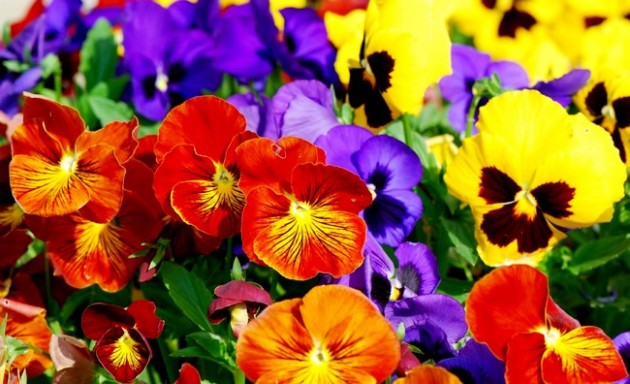
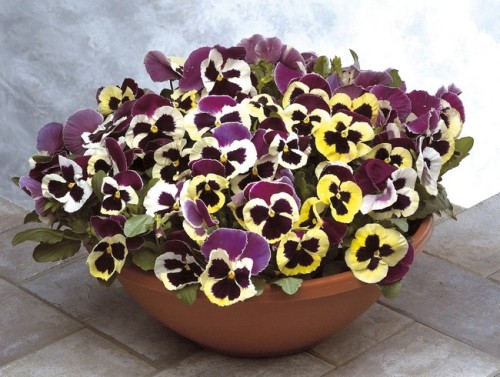
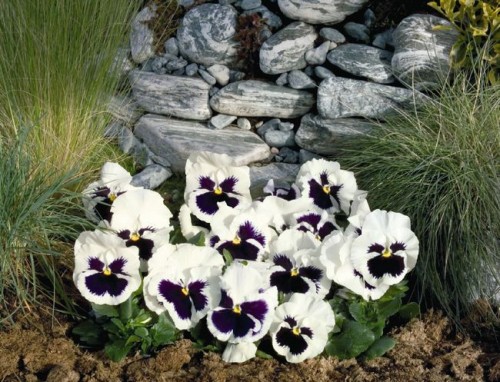
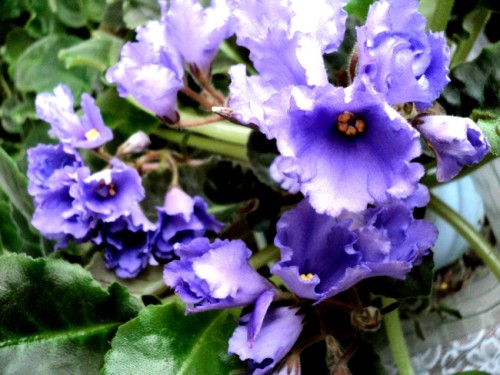
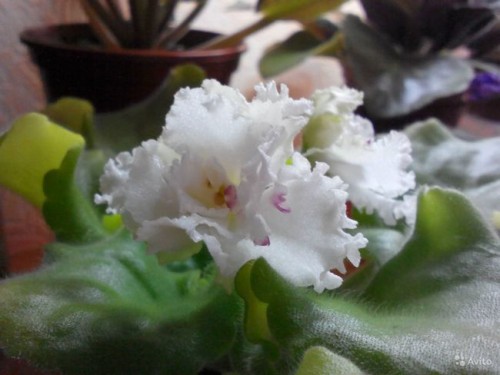
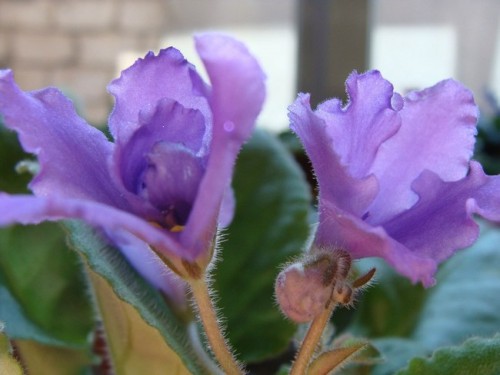
![3200x2130_594435_ [www.artfile.ru]](http://dachnaya-zhizn.ru/images/dacha/3200x2130_594435_www.artfile.ru_-500x333.jpg)
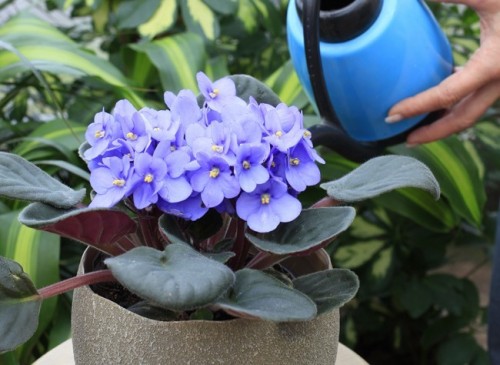
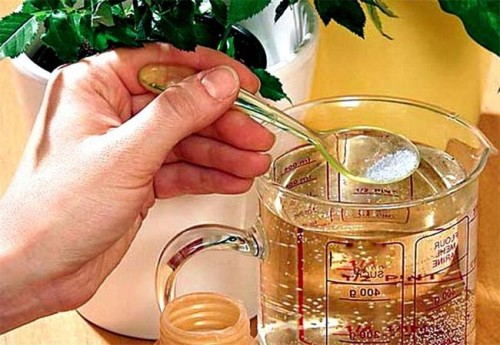
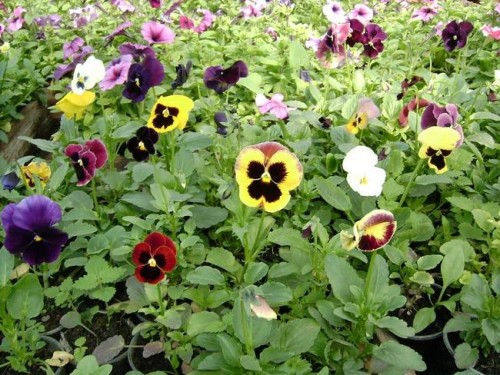
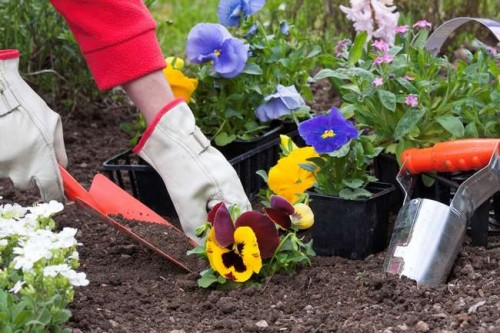
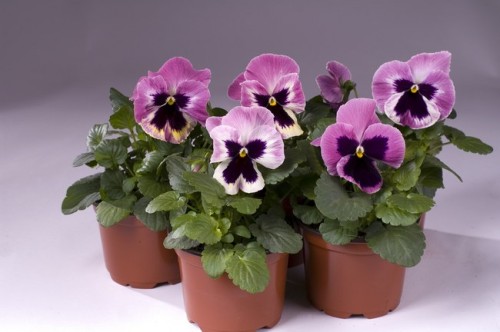
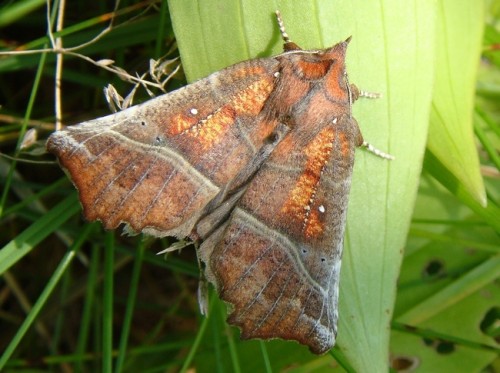
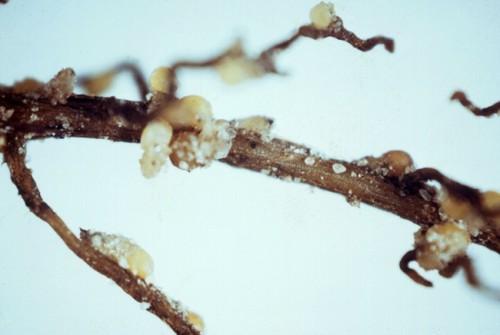

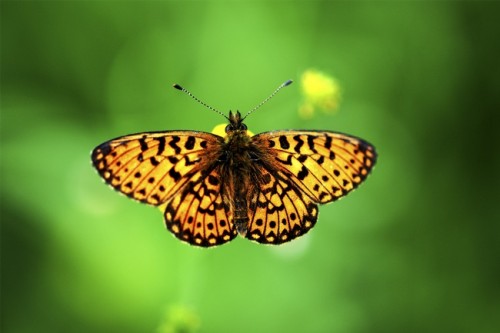
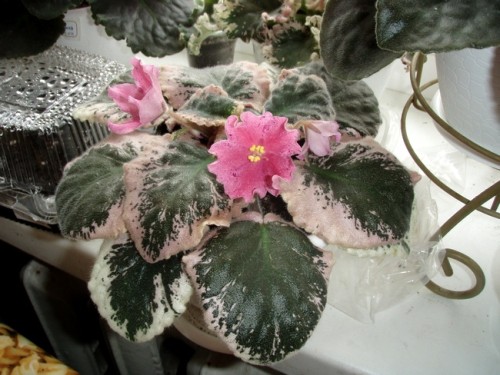












 Start a discussion ...
Start a discussion ...